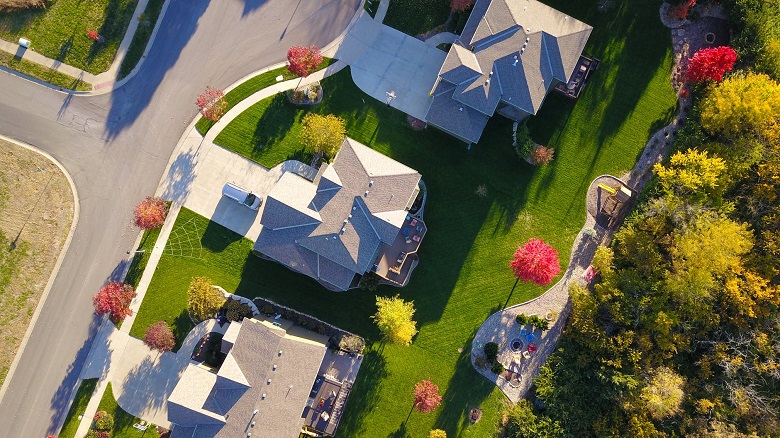Overall, the average new home (houses and apartments) built in 2019/20 was 195.8 square metres, up by 3 per cent over the year to a six-year high.
The CommSec Home Size Trends report tracks home size over time and details the average sizes of new houses and apartments built over the last financial year.
The ACT built the biggest houses in Australia in 2019/20, ahead of Victoria, NSW and Western Australia. Despite lifting 6 per cent last year, the average house in NSW is 6 per cent smaller than Victoria.
CommSec Chief Economist Craig James said: “Before last year, Aussie home buyers had been building progressively smaller houses on average. Aussies had embraced apartments as well as smaller houses on smaller lot sizes. In fact the size of the average house built last year (2018/19) was the smallest in 17 years.
“So while Aussies built bigger homes over the past year, the big question is whether the decade-long downtrend in home size has ended. And COVID-19 may play a big role in answering that question.
“Government-imposed lockdowns in response to the COVID-19 virus have prompted more Aussies to re-assess their housing needs. With more time spent at home for both leisure and work, some Aussies are looking for bigger homes. Others are coming to the belief that the layout of their home needs changing.”
The CommSec Home Trends report shows, even before COVID-19, Australian home builders were indicating their preference for slightly bigger homes. Apartment size has now lifted for the past two years. House size lifted in 2019/20 but after falling the previous year to 17-year lows.
COVID-19 and home building
“There have been shifting trends in the sizes and styles of homes over the past decade and COVID-19 is throwing another element into the mix. More Aussies could embrace working from home in a bigger way, opting to move away from apartments in, or near the CBD, in preference for a larger home in a regional or suburban ‘lifestyle’ area,” Mr James said.
Demand for bigger or better homes has implications for home builders, trades, building materials, homeware stores, electrical stores and housing fit-outs, including kitchen and bathroom fixtures and fittings.
“The trends in home size have enormous implications for retailers and builders. It is also clear that a raft of government agencies and businesses, especially those that are reliant upon or housing-focussed, will need to be agile in monitoring the new housing trends,” Mr James said.
State and territory highlights
- The ACT continues to build the biggest houses in Australia. In 2019/20 the average floor area of a house built in the ACT was 256.3m²; ahead of Victoria (250.3m²); NSW (235m²); and Western Australia (232.5m²).
- The smallest new houses built were in Tasmania (179m²).
- In terms of "other dwellings" such as townhouses and apartments, the biggest dwellings are found in Victoria (155m²) followed by Western Australia (150.5m²). The next biggest apartments were built in South Australia (149.8m²) and Northern Territory (145.3m²).
- The smallest 'other dwellings' are found in NSW (121.3m²) and Tasmania (132.5m²).
- Of all homes (houses and apartments) built in 2019/20, the average floor area was biggest in Western Australia (218.5m²) and Victoria (217m²).
To access the full CommSec Home Size Trends report including detailed figures on home sizes across states and territories and additional commentary from CommSec’s Chief Economist, Craig James, visit www.commsec.com.au
About the CommSec Home Size Trends report
CommSec, the digital broking arm of Australia’s largest bank, tracks home size over time and details the average sizes of new houses and apartments built over the last financial year. The estimates of home size have implications for home builders, building material producers and home appliance retailers as well as developers, government department and local councils. Data is commissioned by CommSec from the Australian Bureau of Statistics.



